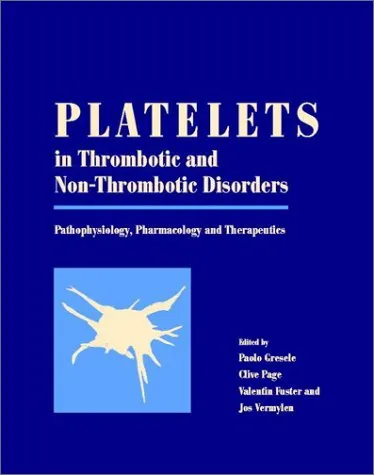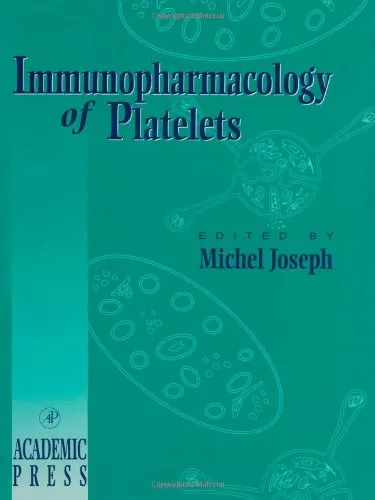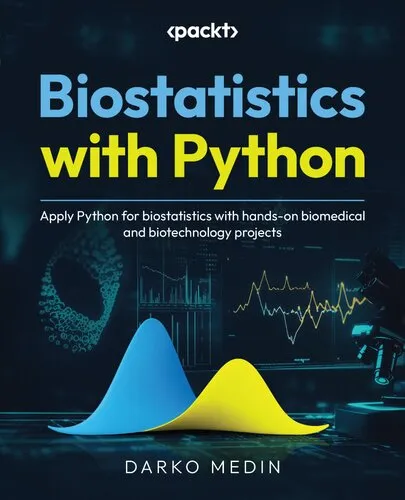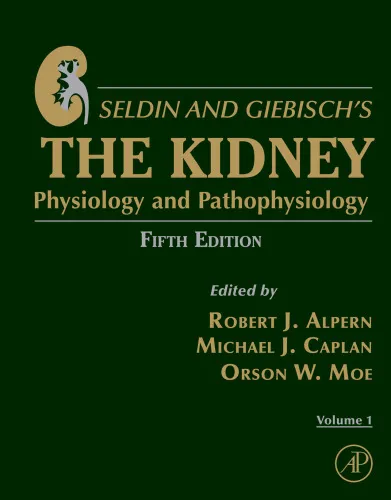The Plant Cell
4.7
Reviews from our users

You Can Ask your questions from this book's AI after Login
Each download or ask from book AI costs 2 points. To earn more free points, please visit the Points Guide Page and complete some valuable actions.Related Refrences:
Analytical Summary
The book The Plant Cellpp.3578—3592, authored by Pagnussat, G. C.; Yu, H.-J.; Sundaresan, V., delves into the intricate architecture, signaling pathways, and molecular dynamics of plant cells. Designed for readers engaged in serious academic inquiry, research, or professional application, this work synthesizes fundamental principles with contemporary experimental findings.
This section of the work within the broader context of plant cell literature focuses on specific aspects of plant reproductive biology, particularly mechanisms underlying cell differentiation and communication. While the publication year is listed as “Information unavailable” due to the lack of reliable public sources, the research it encapsulates is highly relevant to plant developmental biology. The narrative explores how plant cell structures coordinate to execute complex growth and reproduction processes, examining both cytological and molecular perspectives.
The authors integrate evidence from microscopy, genetic analysis, and biochemical assays to present a coherent view. Their approach aligns molecular mechanisms with visible phenotypes, emphasizing how subcellular organization and signals inform developmental patterns. Through meticulous analysis, they reveal how plant cells interact with their microenvironment to ensure both survival and adaptation.
Key Takeaways
Readers of The Plant Cellpp.3578—3592 can expect to emerge with a refined understanding of the subtle, yet critical, processes underpinning plant cellular life. The work is particularly impactful for those studying plant cell biology and plant molecular mechanisms, as it bridges the gap between theoretical models and experimental validation.
First, the text illuminates the role of cell-to-cell communication in directing plant development. Second, it highlights the emergence of molecular signalling networks that operate with remarkable precision. Third, the authors provide concrete examples of how genetic regulation shapes cellular morphology.
Finally, the book emphasizes the importance of integrating morphological observation with molecular data—a methodological synergy that is essential for advancing the field and ensuring that interpretations are both robust and reproducible.
Memorable Quotes
“The complexity of plant cell communication rivals that of any eukaryotic organism.” Unknown
“Understanding molecular pathways in plant cells is a gateway to agricultural and ecological innovation.” Unknown
“Observation without molecular insight risks overlooking the invisible forces shaping life.” Unknown
Why This Book Matters
For academics, researchers, and informed professionals, The Plant Cellpp.3578—3592 represents a convergence of scholarly rigor and practical insight.
Plant biology is foundational to ecological health, agriculture, and biosciences. A clear understanding of plant cell biology and plant molecular mechanisms informs crop engineering, environmental conservation strategies, and biotechnology innovations. Learning from expertly compiled works such as this deepens the capacity to address global challenges from food security to biodiversity loss.
The significance of the text lies in its ability to layer complex information without sacrificing clarity, ensuring it remains accessible to professionals while serving as a robust reference for academic development.
Inspiring Conclusion
In sum, The Plant Cellpp.3578—3592 stands as a testament to the depth and breadth of plant cellular research. It invites readers to explore the rich interplay between structure and function, and to apply these understandings to both scientific and real-world contexts.
Whether you are aiming to expand academic knowledge, engage students, or inspire innovative applications in biotechnology, this book provides the conceptual and methodological foundation you need. By studying it, sharing insights with peers, and sparking discussions, you contribute to the ongoing dialogue that shapes the future of plant science.
Free Direct Download
You Can Download this book after Login
Accessing books through legal platforms and public libraries not only supports the rights of authors and publishers but also contributes to the sustainability of reading culture. Before downloading, please take a moment to consider these options.
Find this book on other platforms:
WorldCat helps you find books in libraries worldwide.
See ratings, reviews, and discussions on Goodreads.
Find and buy rare or used books on AbeBooks.
1239
بازدید4.7
امتیاز0
نظر98%
رضایتReviews:
4.7
Based on 0 users review
Questions & Answers
Ask questions about this book or help others by answering
No questions yet. Be the first to ask!
















